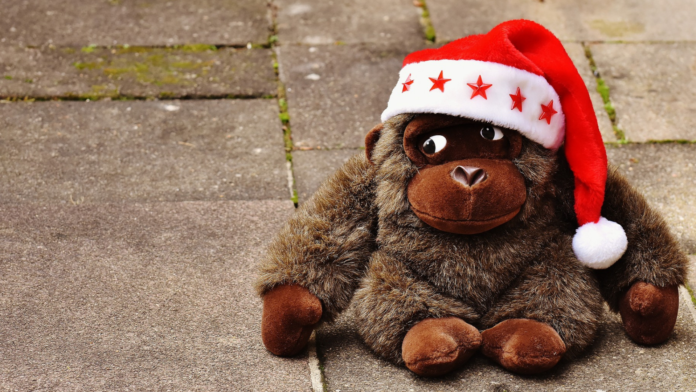As the holiday season approaches, many are preparing for a flurry of holiday parties. Whether these festivities spark love or loathing, our many connections are a testament to the complexity of human social systems.
Now, researchers at the University of Toronto Scarborough have uncovered a new type of social organization in primates that could shed light on how our own social networks became so complex.
Like some primates, and a few other mammals, we live in multi-level societies that ebb and flow around core social units. These small, tight-knit groups cluster into ‘clans’ (think extended family networks), with clans sharing space and forming ‘bands’ resembling neighbourhoods.
In non-human primates, these groups are generally one-male and multi-female. If ‘secondary’ males are included, they are rarely able to mate within the group.
So, while studying a species of African colobus monkeys in Uganda, the researchers were surprised to discover units made up of multiple adult males.
“We haven’t seen multi-male units like this before,” Julie Teichroeb, assistant professor in the department of anthropology and an expert in primate behaviour, explains to U of T News. “Other primates that form multi-level societies are one-male/multi-female units — they don’t form multi-male/multi-female units.”
The researchers studied a band of 135 individuals in 12 core units ranging from four to 23 individuals. These are tight-knit groups with members travelling together, grooming each other, and caring for each other’s offspring.
Contrary to what has previously been observed in non-human primates, multiple reproductive adult males co-exist in about half of these groups. These males all get a chance to mate and, unusual in the animal kingdom, all seem to get along.
“The males do a lot of greeting behaviour like hugging each other or passing infants around to bond with one another,” explains Teichroeb. “Males interacting a lot with infants is odd behaviour among other species of colobus monkeys to begin with, but using infants to bond with each other is very unusual.”
Of course, group living does have its benefits. When food is plentiful, clustering together can be protective against predators and bachelor males. It might also be the result of genetics, and idea the researchers are exploring.
But this male kinship appears to extend even further. Among maturing colobus, it’s the females that leave to breed, while the males stay closer to home. This is rare in non-human primates, but has been proposed in our human ancestors.
While more research is needed, these parallels could help us understand how our own extended networks evolved. And as the holidays approach, perhaps we could all learn from the kinship of the colobus.









































